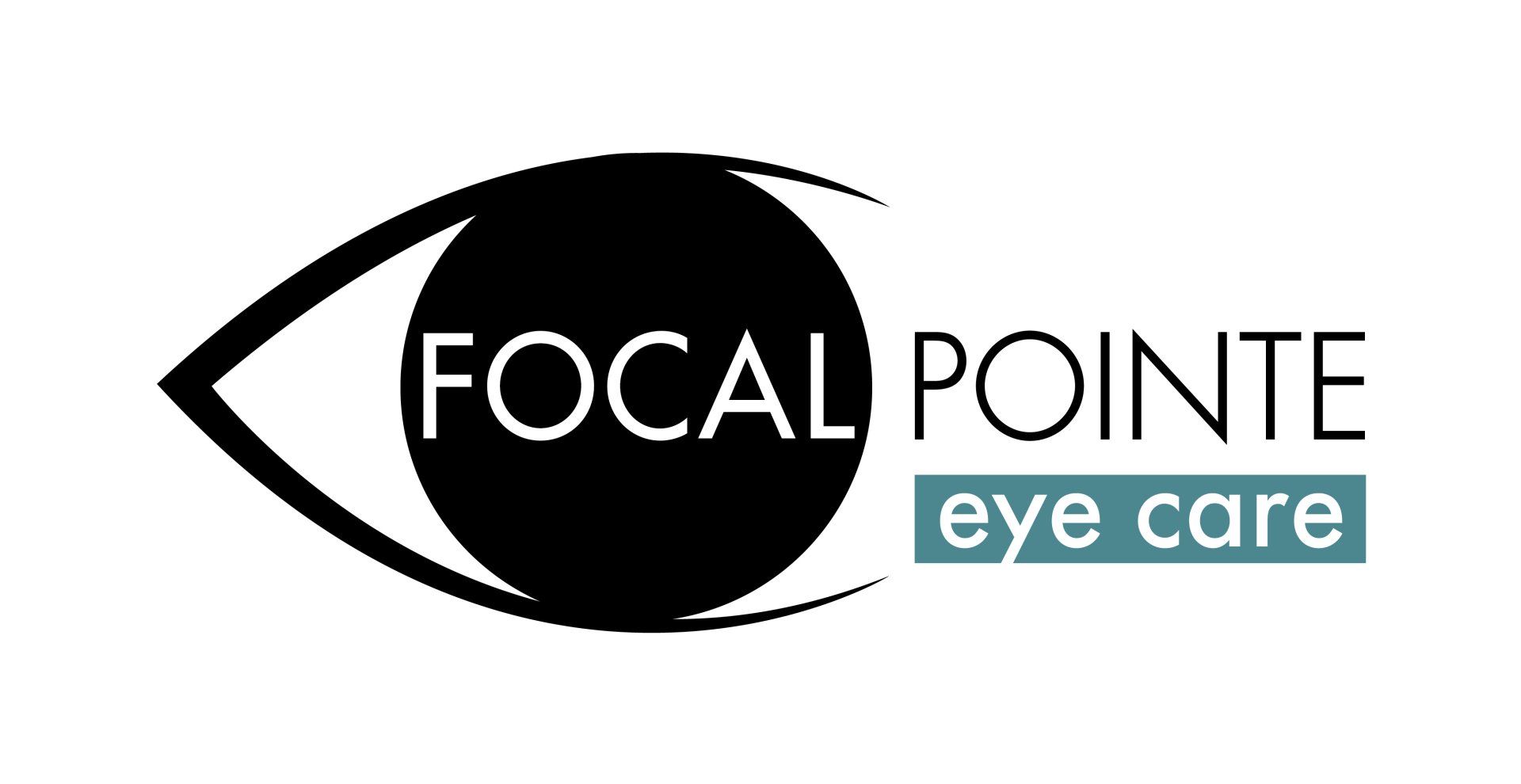WHAT YOU SHOULD KNOW ABOUT CATARACTS
Inside the eye, everyone has a clear crystalline lens that allows us to focus in the distance as well as close up. Overtime, this lens becomes more rigid and reading becomes more difficult without the use of eyewear. This same lens can become clouded over time and will eventually affect how we see. This clouding process is called a cataract.
According to Prevent Blindness America, cataracts are the leading cause of vision loss among Americans over age 40, and are also the primary cause of blindness worldwide. Nearly 30 million Americans are expected to have cataracts by the year 2020.

Photos provided by the National Eye Institute, National Institutes of Health
RISK FACTORS FOR CATARACTS
Research continues to better understand why cataracts occur, and some of the findings suggest that patients with one of more of the following are at a higher risk of cataracts:
- The number one risk factors is advancing age. The longer we live the higher the risk of developing cataracts.
- High levels of exposure to sunlight and other sources of ultraviolet light
- Diabetes
- Smoking
- High blood pressure
- Obesity
- High level of nearsightedness
- Family history
- Previous eye surgery
- Previous eye injury or inflammation
- Statin medicines used to lower cholesterol
- Prolonged use of corticosteroid medications
- Hormone replacement therapy
- Significant alcohol consumption
We're here to help
CAN CATARACTS BE PREVENTED?
There is no conclusive evidence suggesting cataracts can be prevented entirely. It seems that if someone lives long enough, they will likely be affected by cataracts to some degree.
Minimizing or eliminating one or more of the above risk factors can potentially reduce the severity or delay the onset of cataracts. Some studies have also found beneficial results among females with higher consumption of Vitamin E, either through supplements or food sources rich with Vitamin E.
Good nutrition can have many health benefits and some studies have found this applies to reducing cataract risk as well.
SYMPTOMS OF CATARACTS
Cataracts may not be noticeable when they first begin, as they have little to no effect on your vision initially. Over time, individuals may notice one or more of the following symptoms:
- Slightly blurry, hazy or cloudy vision
- Some light sources may seem brighter than normal
- Headlight glare while driving at night seems brighter
- Colors may not seem as vivid as you remember
- Depending on the type of cataract, some people may experience a temporary improvement in near vision.
TREATMENT FOR CATARACTS
Early stage cataracts are usually treated by prescribing stronger glasses or bi-focals, the use of magnifiers or improved lighting. As cataracts progress, surgery becomes a more viable option, especially in cases where vision loss is impacting daily activities.
Cataracts are the leading cause of vision loss among Americans over 40. If you are experiencing any symptoms of cataracts or are at risk due to age, medical conditions, lifestyle or a combination of these factors, call us today to schedule an appointment. 513-779-3937.

